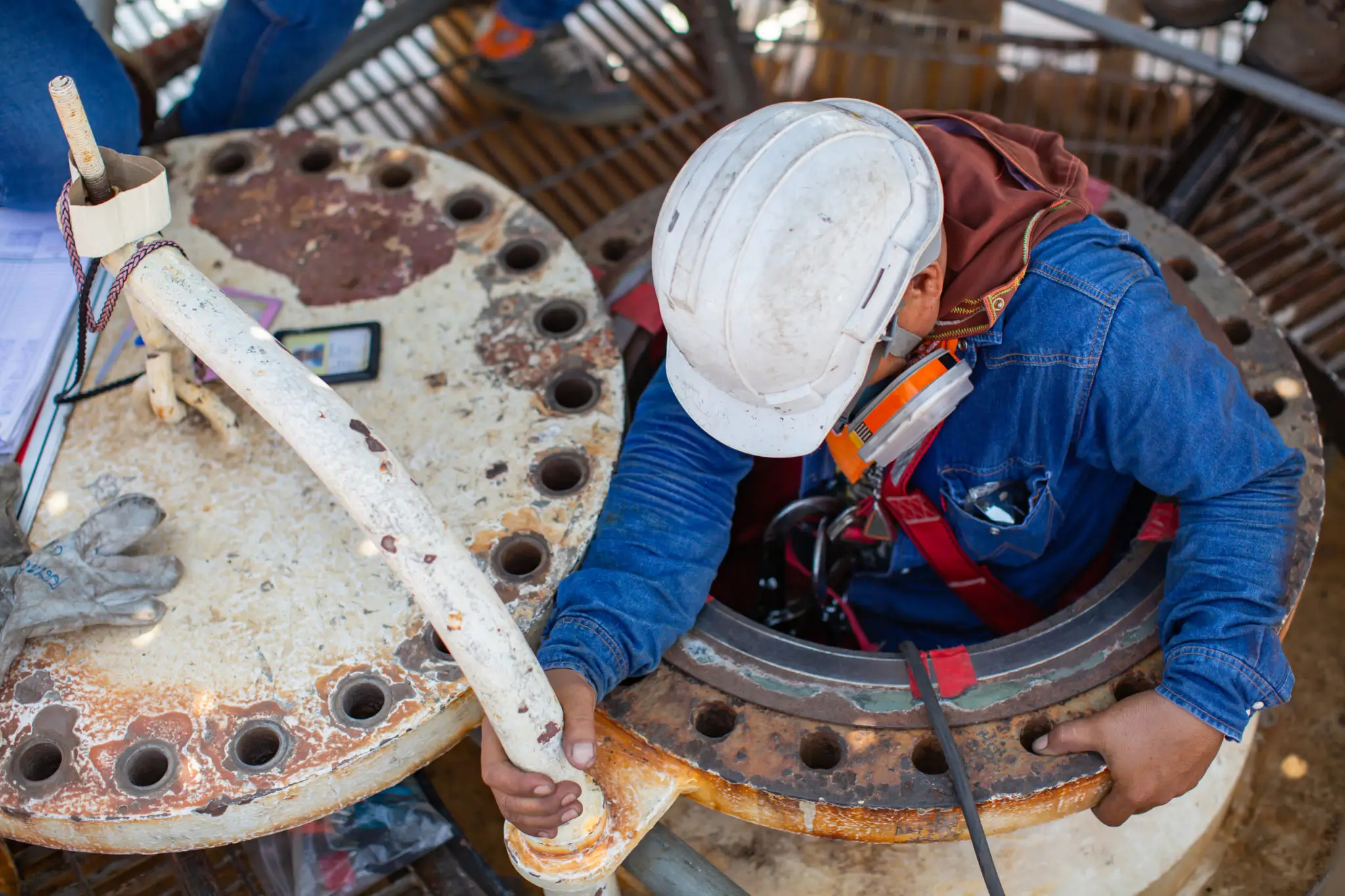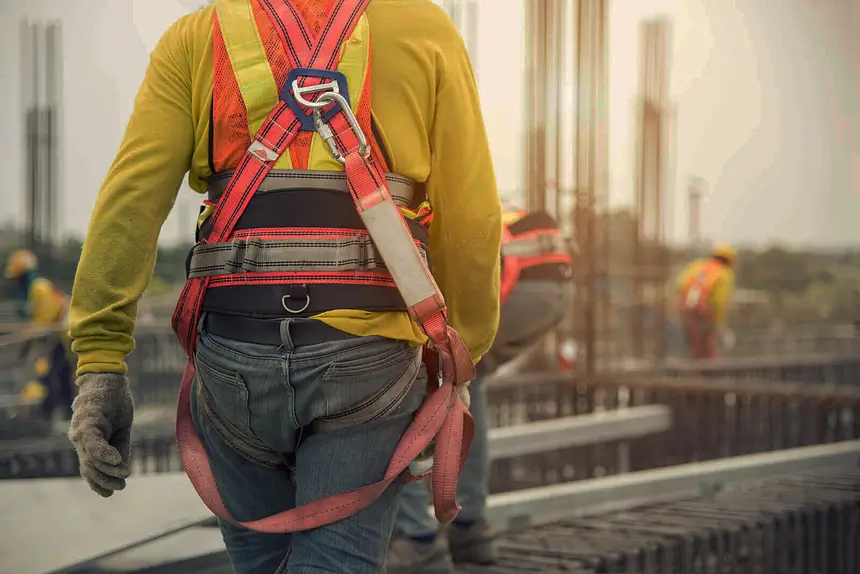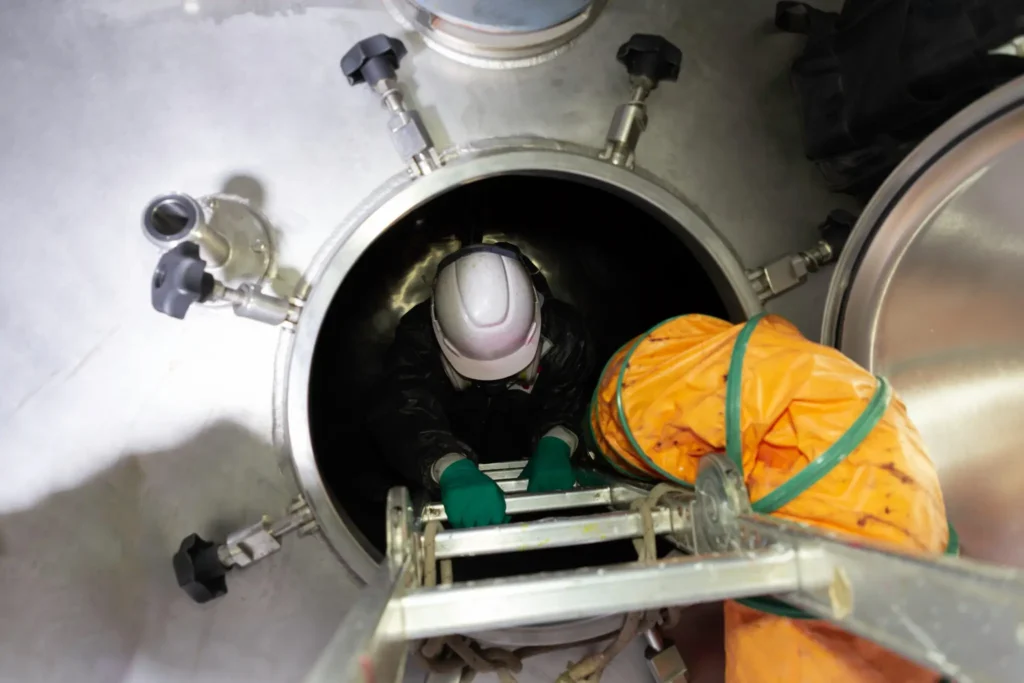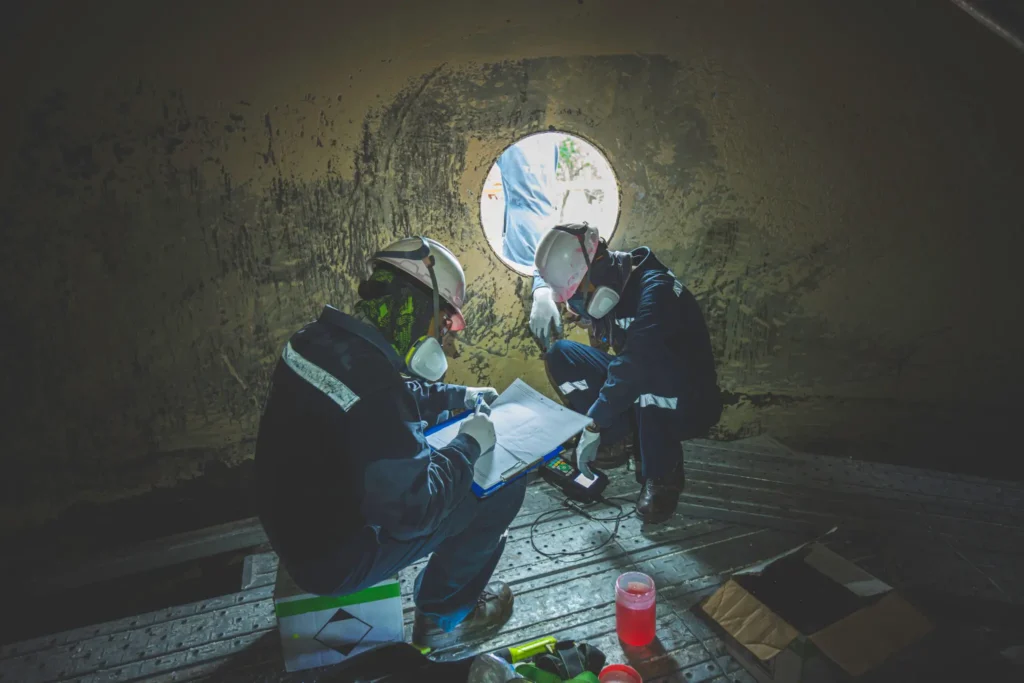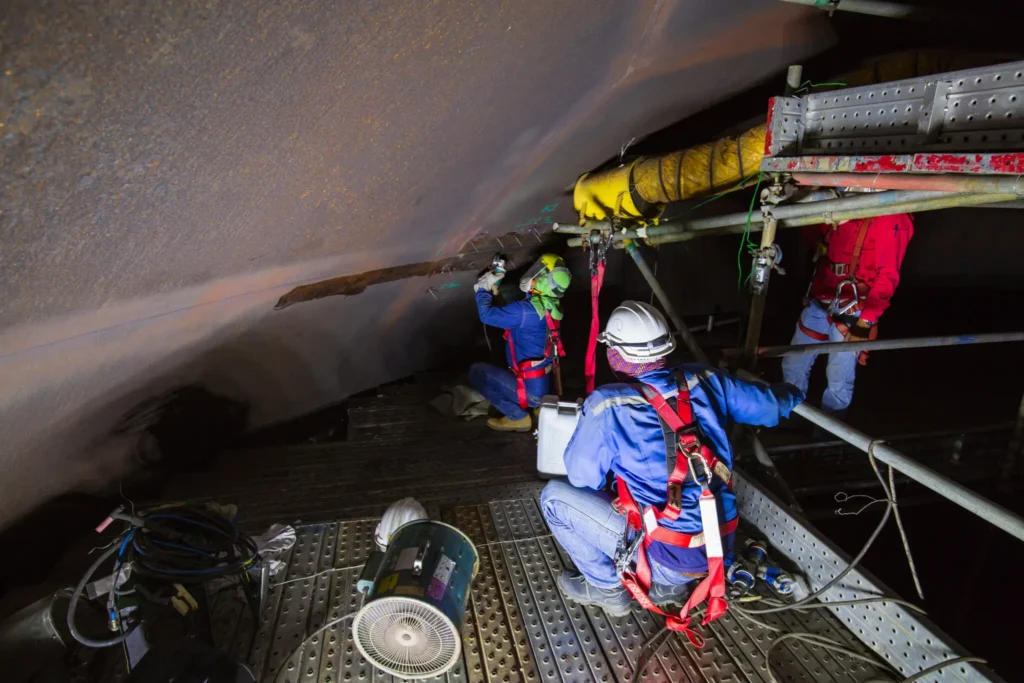Confined entry spaces like vaults, tanks, storage bins, vessels, and silos present unique hazards, including falls, asphyxiation, and entanglements. Therefore, these spaces require special planning and preparation to prevent harm to anyone who enters them.
According to the National Institute for Occupational Safety and Health (NIOSH), about 2.1M workers enter permit-confined spaces every year. Confined space incidents result in approximately 100 deaths per year. Out of 100 the deaths investigated by NIOSH, only 15% of the employees had any confined space training.
The main reason workers enter the confined space space is to perform routine maintenance. The most common hazards include atmospheric hazards and loose materials.
Do You Need a Confined Space Rescue Team?
Depending on particular aspects of the confined space, OSHA requires you to have either a standby or on-site rescue team available.
If an employee is working in any area that OSHA defines as a confined space, a standby rescue team is required. OSHA standards (29 CFR 1926 Subpart AA) define a confined space as one that has all three of these characteristics:
- It is large enough for an employee to enter fully and perform assigned work;
- It is not designed for continuous occupancy by the employee; and
- It has limited or restricted means of entry or exit.
A permit-required confined space meets the above requirements but additionally includes one or more of the following, and requires an on-site rescue team:
- Contains or has the potential to contain a hazardous atmosphere;
- Contains a material with the potential to engulf someone who enters the space;
- Has an internal configuration that might cause an entrant to be trapped or asphyxiated by inwardly converging walls or by a floor that slopes downward and tapers to a smaller cross-section;
- Contains any other recognized serious safety or health hazards.

